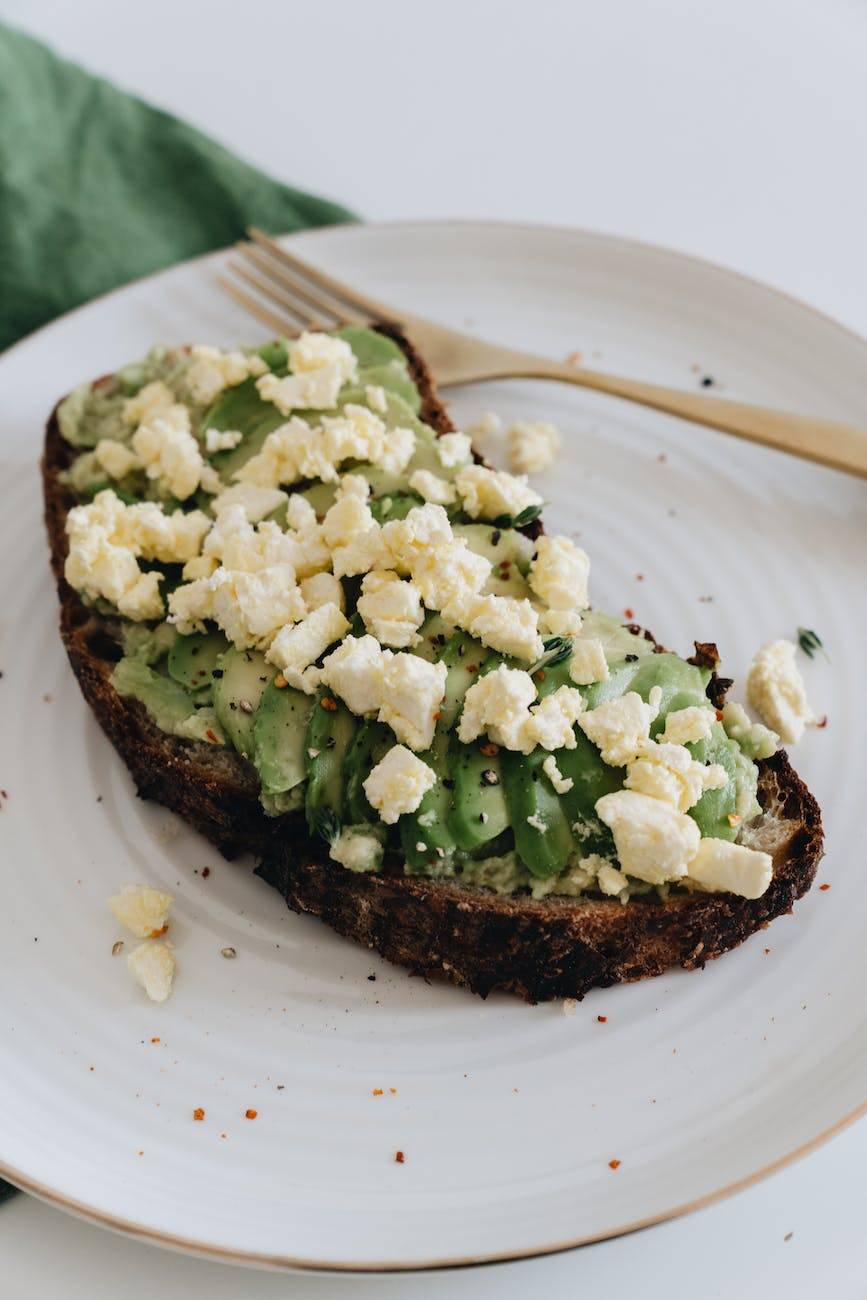Overview of Bulgarian Feta
Bulgarian Feta, a celebrated cheese variant, holds a special place in the world of culinary delights. This section will explore the origin, protected designation, and basic characteristics of Bulgarian Feta, giving you an understanding of what makes this cheese so unique and sought-after.
Origin and Protected Designation
Bulgarian Feta is a type of white cheese originating from Bulgaria. It is made from sheep’s milk or a combination of sheep’s and goat’s milk (Bon Appétit). This cheese variation has a protected designation of origin status within the European Union. This means Bulgarian Feta can only be produced in specific regions of Bulgaria, ensuring the quality and authenticity of the cheese.
Basic Characteristics
What differentiates Bulgarian Feta from other cheese types are its distinct flavor and texture. It boasts a tangy and slightly salty taste, enriched by its creamy yet crumbly texture. Additionally, Bulgarian Feta is aged for a minimum of three months, a process that intensifies its flavor (Bon Appétit).
Bulgarian Feta shines in its versatility in culinary applications. It’s a beloved addition to salads, baked dishes, and spreads (Bon Appétit). It is also a central ingredient in traditional Bulgarian dishes such as banitsa, a popular pastry layered with filo dough and Bulgarian Feta cheese (Cooktoria).
Nutritionally, Bulgarian Feta is high in protein and calcium, offering a good source of nutrients for bone health (Cooktoria).
To further understand the wonders of Bulgarian Feta, explore our other sections detailing its production, nutritional profile, and usage in cuisine. And if you’re interested in buying this creamy wonder, our guide on where to buy Bulgarian Feta is a great place to start.
Production of Bulgarian Feta
Bulgarian feta, a beloved component of many traditional dishes, is a product of careful craftsmanship and high-quality ingredients. Understanding the production process of this cheese offers fascinating insights into its unique flavor profile.
Ingredients Used
At the heart of Bulgarian feta production is the milk used. The cheese is made from sheep’s milk or a combination of sheep’s and goat’s milk. The use of sheep’s milk imparts a distinctive tangy flavor, while the addition of goat’s milk adds a layer of creaminess.
The milk used in Bulgarian feta cheese production should be raw or pasteurized, but not ultra-pasteurized. Using raw or minimally processed milk ensures that the cheese retains its complex flavors and nutritional benefits.
Along with milk, another key ingredient in Bulgarian feta production is the curdling agent. Calcium chloride is typically used in this process, which helps coagulate the milk and form curds.
The Making Process
The production process of Bulgarian feta involves several steps:
-
Milk Preparation: The milk is heated to a specific temperature and then cooled.
-
Curdling: Calcium chloride is added to the milk, causing it to curdle and form curds.
-
Cutting and Draining: The curds are cut into small pieces and then drained to remove the whey.
-
Salting and Aging: The curds are salted and then left to age for a specific period, during which they develop their distinct flavor and texture.
The result is a creamy, tangy cheese that’s a staple in Bulgarian cuisine. Whether enjoyed on its own or used in a variety of dishes, Bulgarian feta brings a unique, delectable flavor that’s hard to resist.
To learn more about the different types of Bulgarian cheeses, check out our articles on Bulgarian cheese, Bulgarian sheep cheese, and Bulgarian white cheese. If you’re interested in trying Bulgarian feta for yourself, read our guide on where to buy Bulgarian feta.
Nutritional Profile
Bulgarian Feta Cheese, like other cheese varieties, carries a nutritional profile that contributes to its overall appeal. It is not just about its creamy texture and tangy flavor but also about its macronutrient composition and health benefits.
Macronutrient Composition
Bulgarian Feta Cheese is high in protein and calcium, making it a nutritious addition to meals. As it is made from sheep’s milk or a blend of sheep’s and goat’s milk, it carries the beneficial nutrients of these animal milks. Here is a basic overview of the nutrients contained in 100g of Bulgarian Feta:
| Nutrient | Quantity |
|---|---|
| Protein | 14g |
| Calcium | 493mg |
| Fat | 24g |
| Carbohydrates | 4g |
| Calories | 290 |
Figures courtesy Cooktoria
Health Benefits
The protein content in Bulgarian Feta can contribute to muscle growth and repair and serve as an excellent source of energy. The high calcium content aids in bone health, making this cheese a good dietary choice for those looking to maintain or improve their bone density.
Moreover, the fat content, primarily made up of saturated and monounsaturated fats, can be beneficial when consumed in moderation as part of a healthy diet. These fats are essential for the absorption of vitamins and production of hormones.
It’s important to note that while Bulgarian Feta is nutritious, it also contains a high amount of sodium, which might be a consideration for those watching their salt intake.
As always, it’s important to enjoy Bulgarian Feta as part of a balanced diet. Its rich flavor and creamy texture can elevate many dishes, from salads and sandwiches to pasta. For more information about the uses of Bulgarian Feta in cuisine, check our sections on Traditional Bulgarian Dishes and Other Culinary Uses.
Usage in Cuisine
The creamy texture and tangy flavor of Bulgarian Feta make it a versatile ingredient in the culinary world. From traditional Bulgarian dishes to contemporary cuisine, this cheese brings a unique touch to an array of recipes.
Traditional Bulgarian Dishes
Bulgarian Feta is a staple in many traditional Bulgarian dishes. One such dish is banitsa, a popular pastry made with layers of filo dough and Bulgarian Feta cheese. The cheese infuses the pastry with a delicate creaminess and a distinct tangy flavor, making it a favorite throughout the country.
Bulgarian Feta also features in salads, such as the classic Shopska Salad, where the cheese is generously crumbled over fresh tomatoes, cucumbers, and onions. These dishes showcase the cheese’s versatility and the unique flavor it brings to Bulgarian cuisine.
For more information on Bulgarian dishes that use this cheese, visit our page on Bulgarian cheese.
Other Culinary Uses
Outside of traditional Bulgarian cuisine, Bulgarian Feta is used in various recipes worldwide. It can be crumbled over salads, used in sandwiches, or enjoyed on its own as a snack (CheeseMaking.com). This cheese can also be incorporated into pasta dishes, imparting a creamy texture and tangy flavor that complements various other ingredients.
Furthermore, Bulgarian Feta can be used in baked dishes, adding a delightful creaminess that enhances the overall dish. It also works wonderfully in spreads, where it can be mixed with herbs and spices to create a delectable dip or condiment (Bon Appétit).
The versatility of Bulgarian Feta in cooking makes it a worthwhile addition to any cheese lover’s kitchen. If you’re keen on trying it out in your own recipes, check out our guide on where to buy Bulgarian Feta.
Buying Bulgarian Feta
Once you’ve gained an understanding of the unique characteristics and culinary uses of Bulgarian feta, your next step is to find out where you can purchase it. Below are some options for buying Bulgarian feta locally and online.
Local Stores and Markets
Local grocery stores, especially those with a wide selection of international foods, are likely to stock Bulgarian feta. Often, you can find this creamy delight in the cheese or dairy aisle. Specialty food markets, particularly those that cater to Eastern European cuisine, are also a great place to look for Bulgarian feta. For a more authentic experience, consider visiting local farmer’s markets. Here, you might find artisanal cheese makers selling homemade Bulgarian feta. Remember to always check the product label to ensure it’s authentic Bulgarian feta.
Online Purchasing Options
For those who prefer shopping from the comfort of their own homes, there are numerous online retailers that sell Bulgarian feta. Websites like Amazon, eBay, and specialty online cheese shops often carry a variety of Bulgarian feta options. When shopping online, it’s crucial to read product descriptions and reviews to ensure the quality and authenticity of the Bulgarian feta.
In addition, some online retailers offer the convenience of home delivery, which can be a great advantage for those who lead busy lives. However, keep in mind that perishable items like Bulgarian feta require proper packaging and swift delivery to ensure they reach you in the best condition.
Whether you choose to purchase Bulgarian feta in-store or online, you’re sure to enjoy the rich and creamy flavor of this special cheese. Remember to store it properly to maintain its freshness and quality. Now that you know where to buy Bulgarian feta, you can enjoy it crumbled over salads, baked in dishes, or simply savored on its own with a slice of crusty bread. Happy cheese hunting!
Storage and Shelf Life
After purchasing your delicious Bulgarian feta, it’s important to know how to properly store it to ensure it maintains its optimal flavor and texture.
Refrigeration Guidelines
Bulgarian feta can be stored in the refrigerator for up to two weeks, but it is best enjoyed fresh for optimal flavor and texture. When storing, it’s advisable to keep the cheese in an airtight container, preferably immersed in brine. The brine helps to keep the cheese moist and enhances its flavor.
Remember to avoid storing the cheese in the door of the refrigerator as the temperature fluctuates more frequently there. The best place is in the main body of the fridge where the temperature is more constant.
Freshness Indicators
A key indicator of freshness for Bulgarian feta is its texture. Fresh Bulgarian feta should be creamy and smooth, with a slightly crumbly texture. If the cheese becomes too hard or dry, it may be a sign that it’s past its prime.
The aroma of the cheese can also be a good indicator of its freshness. Bulgarian feta should have a mild, tangy scent. Any strong or sour smells may indicate that the cheese has spoiled.
Additionally, check the cheese for any visible signs of mold or discoloration. If you notice any green, black, or blue spots on the cheese, it’s better to discard it.
By adhering to these storage guidelines and freshness indicators, you can ensure that your Bulgarian feta remains delicious and safe to eat. Whether crumbled over salads, used in sandwiches, or enjoyed on its own as a snack, Bulgarian feta is a versatile cheese that offers a unique taste experience (CheeseMaking.com).
For more information on Bulgarian feta and where to buy it, feel free to visit our page on where to buy Bulgarian feta.




Leave a Reply